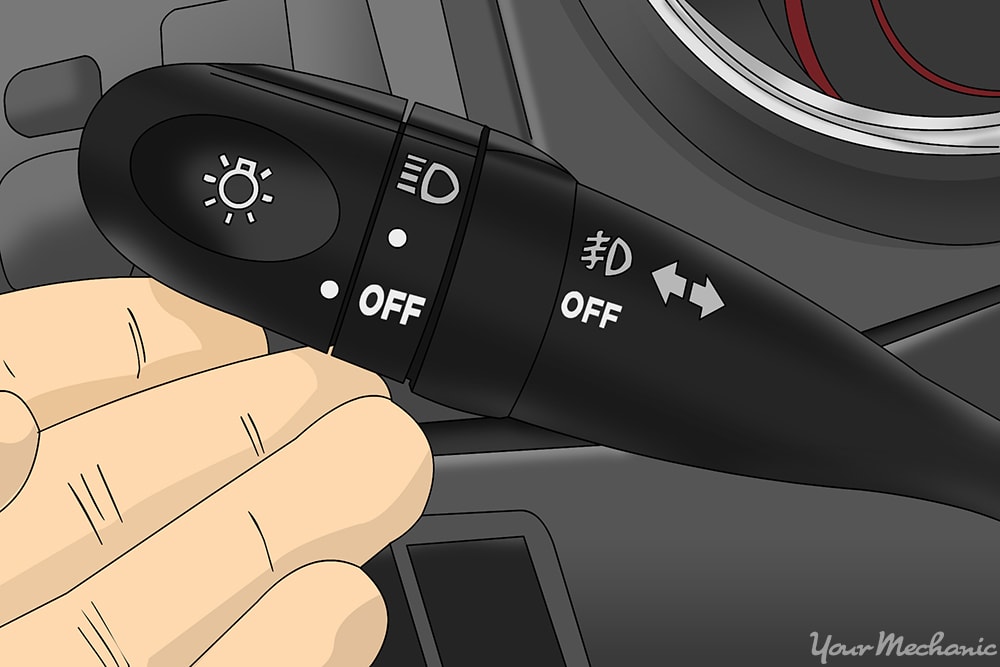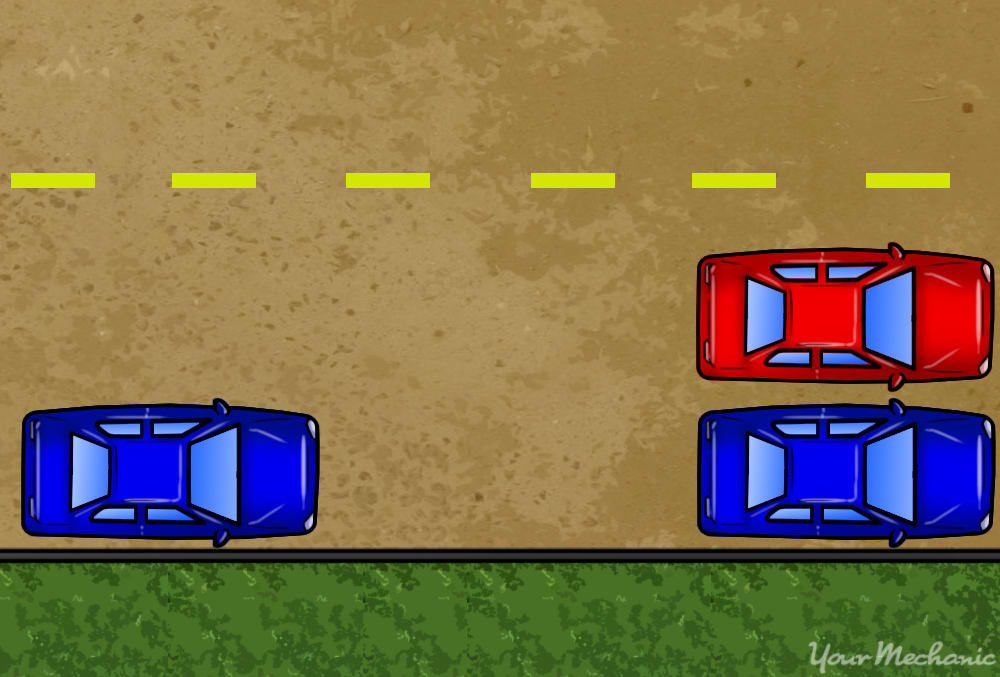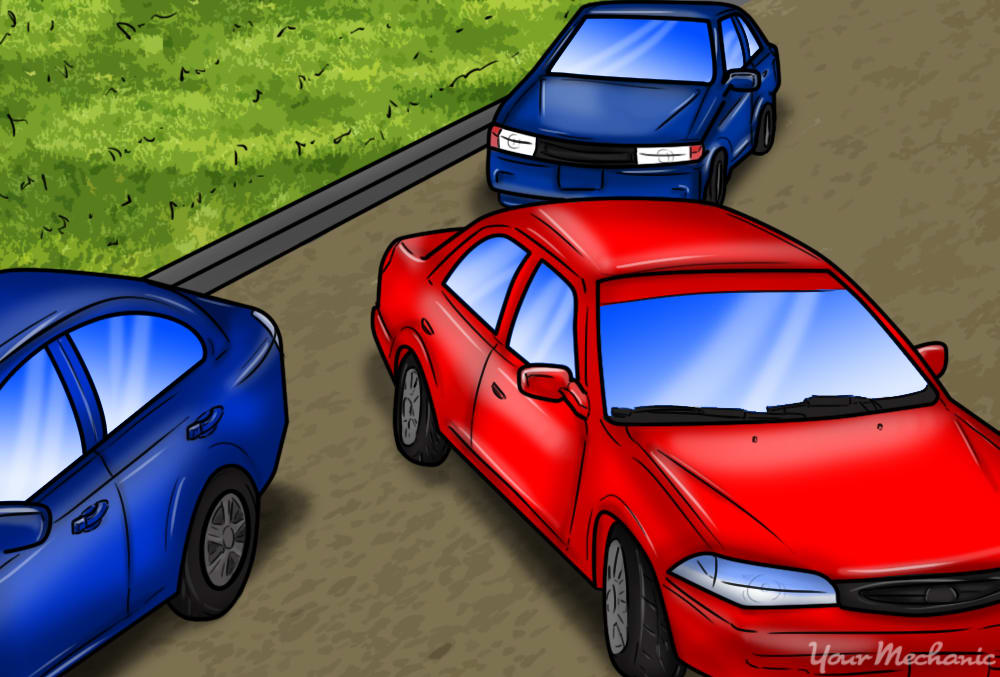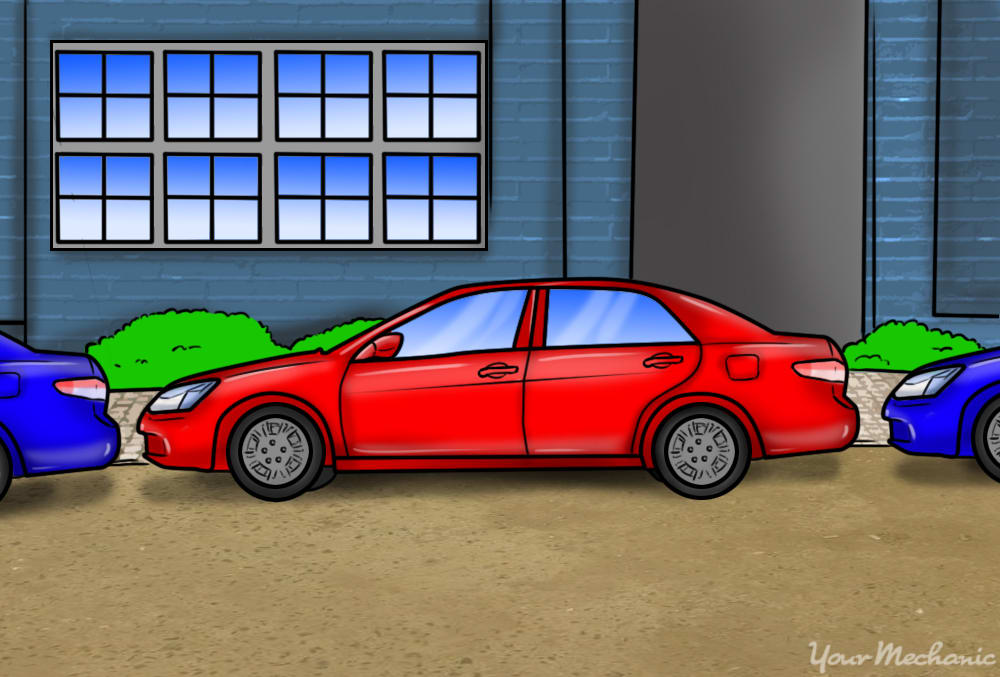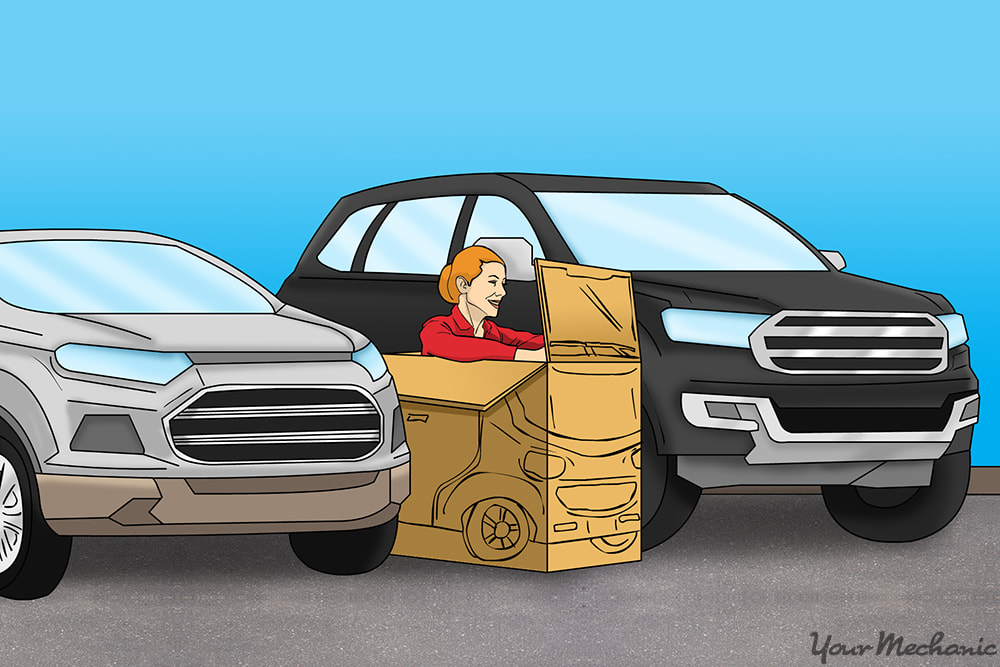

Parking spaces aren’t always plentiful, leaving you to choose ones that are outside your comfort zone. Sometimes, the only available parking space is a tight fit, which presents a parking challenge for you as a driver.
To avoid inadvertent scrapes or dents while pulling into a small spot, try one of these tried-and-true methods.
Method 1 of 2: Park in a standard space
Step 1: Visually assess the parking space. Using the width of the cars on either side of the small parking space and your own experience with parking, try to judge if there is enough room to fit your car or truck.
Mentally add at least a two feet clearance on both sides of your vehicle. Without that extra room, you will not be able to open your door to exit and others will not be able to enter the cars on each side either.
Step 2: Prepare to park. Turn on the indicator light and look for oncoming traffic or pedestrians. By switching on your turn signal light, you let vehicles behind you know your intention to slow down and turn into the available parking space.
Before veering off course, check your mirrors and turn your head to check that there is no one in the space between you and the open parking spot.
Step 3: Turn into the parking space. Slow your vehicle and begin to turn it towards the available parking space. Begin turning the wheel just as you inch past the vehicle closest to your parking space.
Step 4: Park your car. Pull your car completely into the tight space, keeping a close watch on your surroundings. You may have to turn the wheel a little and back up, then repeat it multiple times to be able to pull into a tight spot.
- Tip: During this process, frequently look around you to make sure you will not hit another car, person or object.
Once you have managed to get your vehicle into the spot, place it in park, stop the ignition, and exit your vehicle.
Method 2 of 2: Park in a parallel space
Step 1: See if your vehicle will fit in the small parking space. If there are cars behind you, you will need to decide quickly if there is enough room to fit your vehicle with a few inches to spare both in front and behind you. Visually assess the room and use the lengths of surrounding vehicles and your own parking experience to guide you in making this decision.
Step 2: Indicate that you intend to park. Switch on your turn light and slow your vehicle. This lets any traffic behind you know that you intend to park, so that they will allow you the room to do so and also prevent a collision.
Step 3: Pull up ahead of the space. Pull up at a car’s length past the open space, stop, and check your mirrors. Situating your vehicle parallel with the vehicle in front of the tight space puts you in the best position to back into the open spot without hitting any parked cars. Always check your mirrors and turn your head to ensure that no other vehicle or person has moved behind you.
Step 4: Back into the small parallel parking space. Turn the wheel towards the parking spot sharply and back up a couple of feet at a time. Each time you back up a bit, take a look around to ensure you aren’t on a collision course with another vehicle or pedestrian. Then, straighten the wheels and back up a bit.
Repeat the process of turning, looking, and straightening the wheels until you have maneuvered your vehicle into the tight space. Then, you can place your vehicle in park, turn off the ignition, and go on your way.
Whether parking in a standard or parallel space that is especially tight, it is imperative to do so carefully, in order to be safe. Take your time to make the necessary adjustments to your steering wheel and be vigilant in checking your surroundings for unexpected vehicles or people. If, after beginning the parking process, you feel that the parking spot will not fit your vehicle, don’t hesitate to abandon the tight space and look for another. After all, it is less of a hassle to walk further than it is to deal with automotive damage from misjudging distance and bumping or scraping another car.


